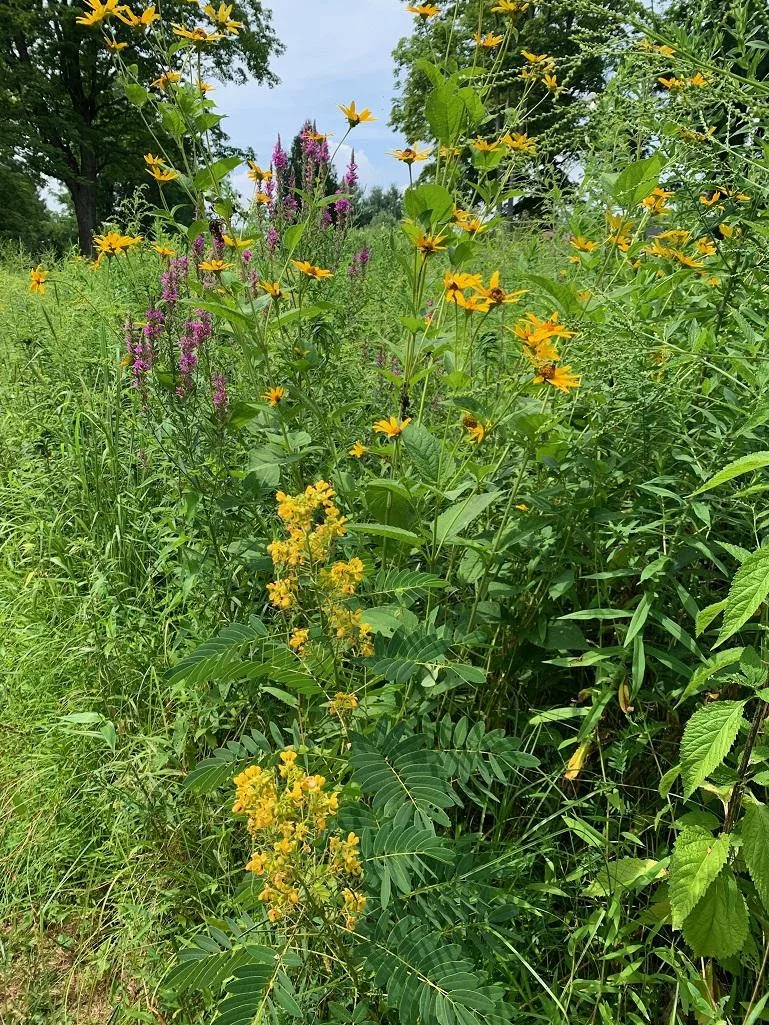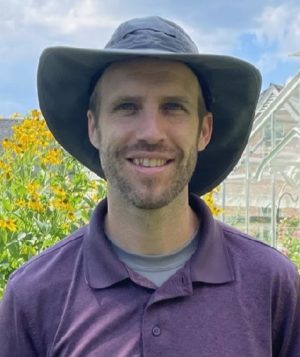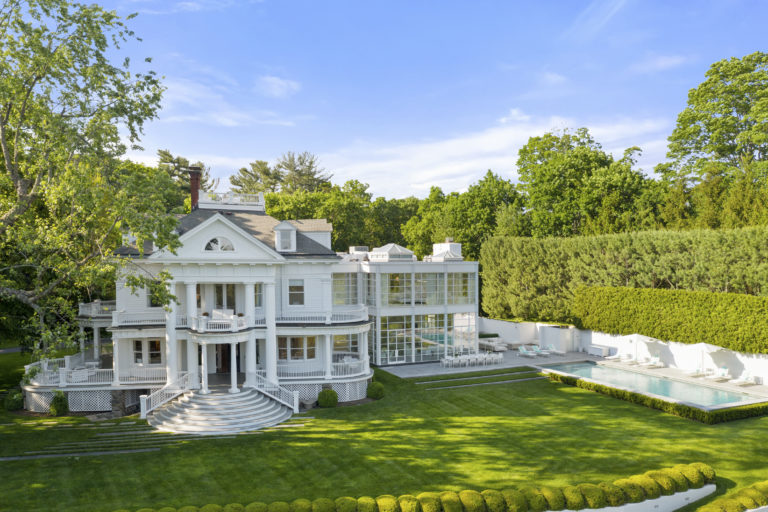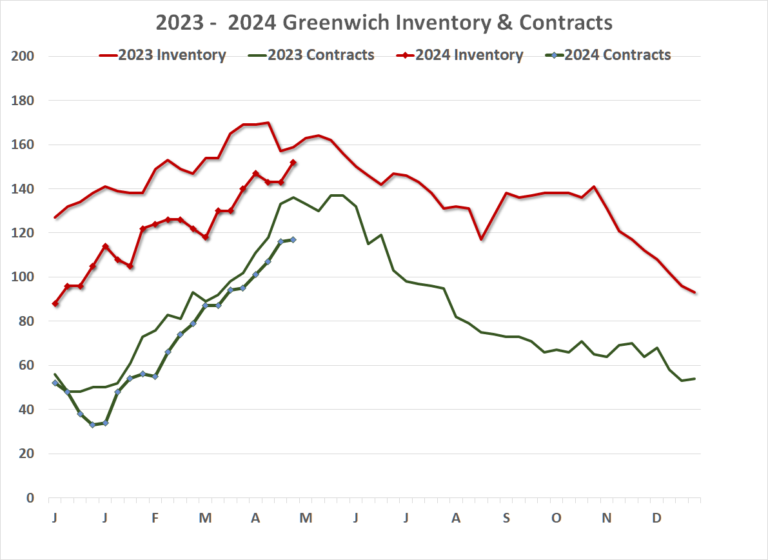
By Daniel Brubaker
Ecosystems in New England, and particularly in southwest Connecticut, have struggled through persistent development and disturbance. Our remnant wildlands are greatly contracted from their historical ranges, and what remains is under constant stress due to fragmentation, native species loss, and invasive species establishment. More recently, climate change has added a new complication, often exacerbating the challenges already faced by our local ecosystems. The health of our habitats, and habitats broadly, are often tied to native plant diversity. High numbers of different native plant species support a greater diversity of animal species, which in turn improves habitat stability, and resilience to changes like those seen from climate change. So, while building native plant diversity is not a primary solution to climate change, it can provide stressed ecosystems with the species and genetic diversity needed to better adapt as our climate warms.
One fundamental way that climate change damages our habitats is by greatly increasing both the frequency and severity of extreme weather events. This includes an increase in the rate of large flood events, longer periods of drought, and greater fluctuation in temperature extremes. Severe weather events physically damage plant and animal communities, and temperature changes can affect the closely evolved relationships between many insects and their plant hosts. For example, native pollinators that rely on certain species of flowering plants to complete their life cycle in early spring may emerge at the wrong time as our temperatures warm and become more volatile. Additionally, the general warming of our Greenwich climate may push certain species adapted to our cooler conditions to no longer be able to survive here, while making it possible for more southern species to establish. Plants and animals do have some ability to adapt to these temperature changes, but the current rate of climate change is far faster than most species can accommodate.
One of the best things we can do as landowners in Greenwich is to utilize a variety of native plant species in our landscaping whenever possible. Ideally, we are looking to plant species that are historically from our local area. This is because many insects, whether they be native bees, butterflies, moths, or beetles, have evolved incredibly close and complex relationships with a single group of host plants. Often it may be with just a single plant species. Since insects are generally the foundations for most of our food webs, it’s easy to see how increasing native plant diversity, and therefore insect diversity, can have such positive effects on our local habitats.
One significant challenge we face is that extensive degradation and fragmentation of our plant communities has made it hard to source many plants that have been here historically. In some instances, current climate conditions may no longer be suitable for some of our traditional species. Consequently, we are sometimes forced to build what we call “novel ecosystems,” where we try our best to utilize plant species from our region, while recognizing that we may have to adjust based on what species are available and able to thrive in our current and projected climate. The goal is to build a diverse set of native plants that can support an equally diverse set of animals. Promoting broad diversity in our food webs is what can allow our Greenwich habitats to persist despite the challenges posed by disturbance, fragmentation, and climate change.
Another facet of the equation relates to genetic diversity. When you buy a native plant cultivar from a nursery, think any plant with a ‘trademarked’ name in addition to its common name, it means that it has been grown from vegetative cuttings from a parent plant that had particularly desired characteristics. So, despite it being a “native plant,” it is a clone, and lacks any of the genetic diversity found in plants grown from seed. Additionally, many of the parent plants for these cultivars originated from states with very different climates than we have here in Greenwich. This lack of genetic diversity, and unknown genetic heritage, becomes even more important in the face of climate change. Without it, plants lack, or may quickly lose their ability to effectively adapt to changes. High genetic diversity across a plant species allows it to have some individuals that better tolerate drought, disease, or other stresses that will only become more prevalent as the effects of climate change become more pronounced.
So, in addition to the broader solutions needed for climate change, planting a wide diversity of seed grown native plants can greatly improve the resilience of our local plant communities. It’s best if they are sourced from populations in our immediate area because they are most adapted to survive here, but even if they are only more regionally native, they can often still be productive pieces in a healthy functioning habitat.

Regardless of where you find your native landscaping plants, ask nurseries to stock locally sourced, seed grown native plants. As more people integrate these plants into their landscapes, a network of smaller habitat patches will form, helping to replace some of the functionality lost through the degradation of our large-scale ecosystems.
Greenwich Land Trust encourages the use of these plants by propagating thousands of native wildflowers every year through its Seed-to-Seed program. The plants are used for restoration projects, community plantings, and are also made available for the public at our annual plant sale on the 10th and 11th of May. You can find more information about this event on our website at GLTrust.org.
Dan Brubaker is the Director of Conservation and Outreach at Greenwich Land Trust. Dan leads the land trusts conservation initiatives and runs their Seed-to-Seed program to propagate native wildflowers form land trust properties.




